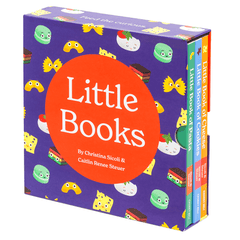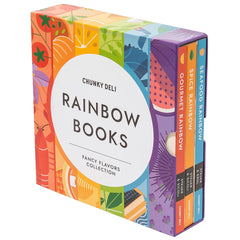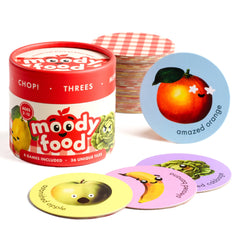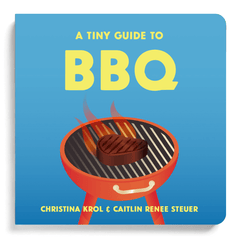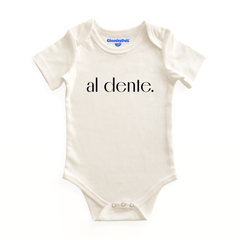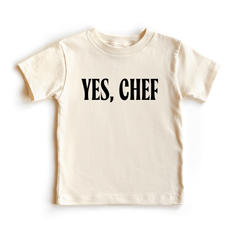As a parent or caregiver, you're constantly looking for new ways to engage and support your child's development. You might have heard of a "calm down corner" or a "sensory bin" as a way to help with focus and emotional regulation. These tools are becoming increasingly popular in early education and at home, and for good reason! They target specific developmental needs and can be a fantastic part of your child's learning journey.
A sensory bin is a container filled with items that stimulate your child's senses. The materials can be anything from sand and water to pasta and buttons. The goal is to encourage exploration, creativity, and independent play. When we add an educational twist, like a Montessori approach, we turn playtime into a powerful learning experience.
Why a Sensory Bin is More Than Just a Box of Stuff
The best sensory bins aren't just about making a mess; they're about intention. Here’s why they're so crucial for development:
-
Fine Motor Skills: Activities like scooping, pouring, and picking up small items strengthen the muscles in your child's hands and fingers, which are essential for future skills like writing.
-
Cognitive Development: Sensory play helps children learn to categorize, measure, and solve problems. It lays the groundwork for scientific and mathematical thinking.
-
Language and Speech: As children describe what they’re feeling and doing, they build a rich vocabulary. You can introduce new words, like "gritty," "smooth," "light," or "heavy," to enhance their language skills.
-
Emotional Regulation: Sensory bins can be incredibly calming. They provide a focused, low-pressure activity that can help a child de-stress and self-regulate, making them an ideal component for a calm down corner.
How to Build a Montessori-Inspired Sensory Bin
Building a sensory bin is simple and can be done with items you already have at home. The key is to keep it focused and purposeful, following the Montessori philosophy of hands-on, self-directed learning.
-
Choose a Base: Start with a container and a filler. Some great options include dry pasta, rice, lentils, or sand. For a Montessori feel, choose one filler at a time to maintain focus.
-
Add Tools: Include tools that encourage fine motor skills. Spoons, scoops, tongs, and small containers are all excellent choices.
-
Incorporate a Learning Element: This is where you can tie the bin to specific lessons. For example, add alphabet cards to help with letter recognition, or number cards for counting.
An Idea to Get You Started: The "Gourmet for Baby" Sensory Bin
Our Gourmet for Baby High-Contrast Art Cards are the perfect addition to a Montessori-inspired sensory bin. Their unique food shapes and bold black-and-white patterns are designed to capture a child's attention and support visual tracking.
Here's how you can use them:
-
Visual Stimulation: Place the cards directly in the bin. The high contrast will stand out against a neutral filler like rice, making it an engaging visual game.
-
Foodie Fun: As your toddler plays, use the cards to talk about different foods. "Can you find the pretzel?" or "Let's put the olives in the small bowl."
-
Storytelling: Use the food cards as characters in a story, fostering imagination and language development.
This isn't just a toy; it's a tool for hands-on, independent learning. By using our Gourmet for Baby cards in your sensory bin, you're not only entertaining your child but also actively participating in their cognitive and emotional development.
Want to learn more? Our Sensory Learning collection is full of products designed to support your little one's growth.
Shop our Gourmet for Baby cards now and bring a powerful new learning tool into your home!



